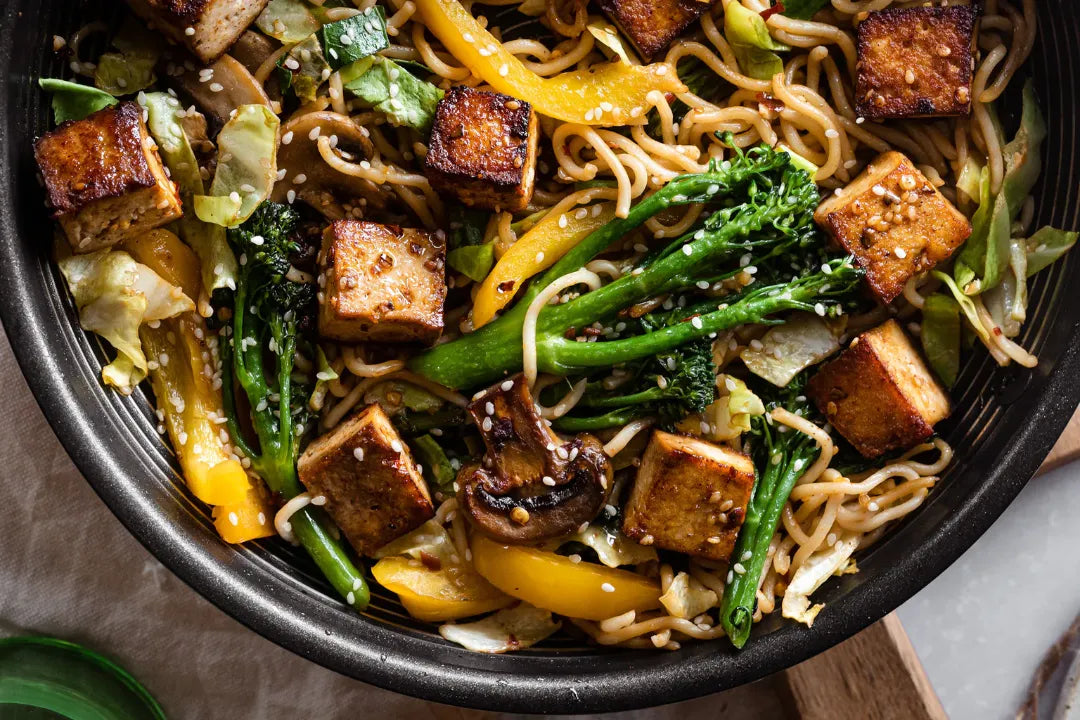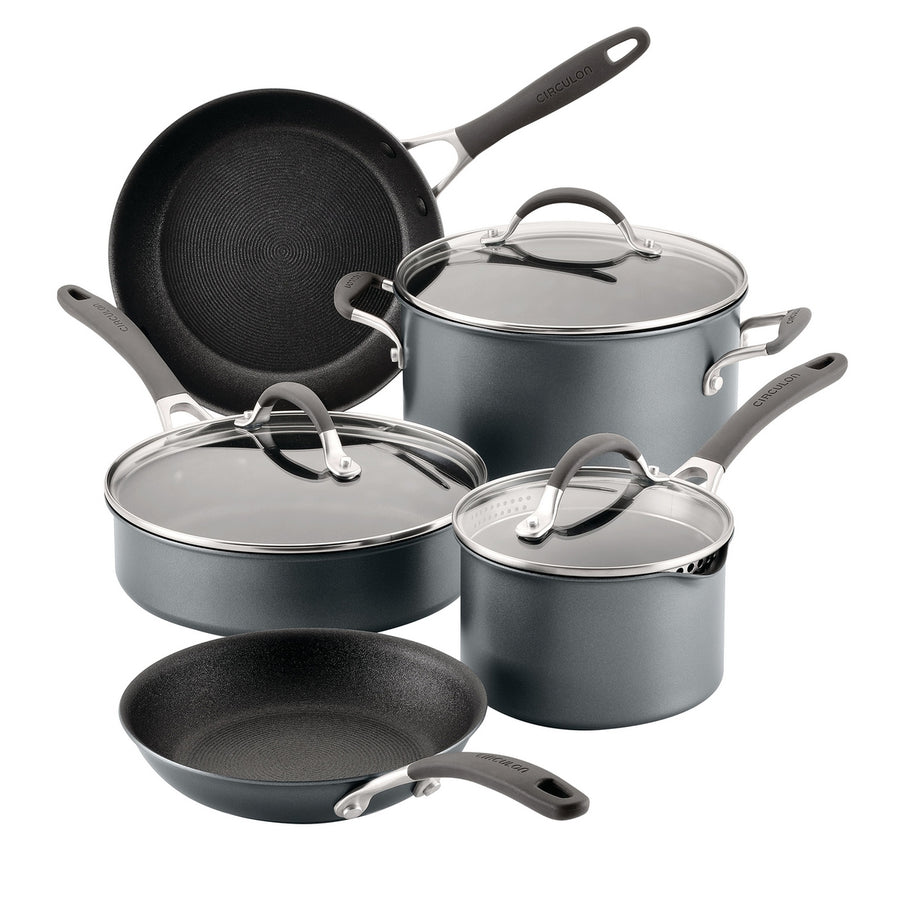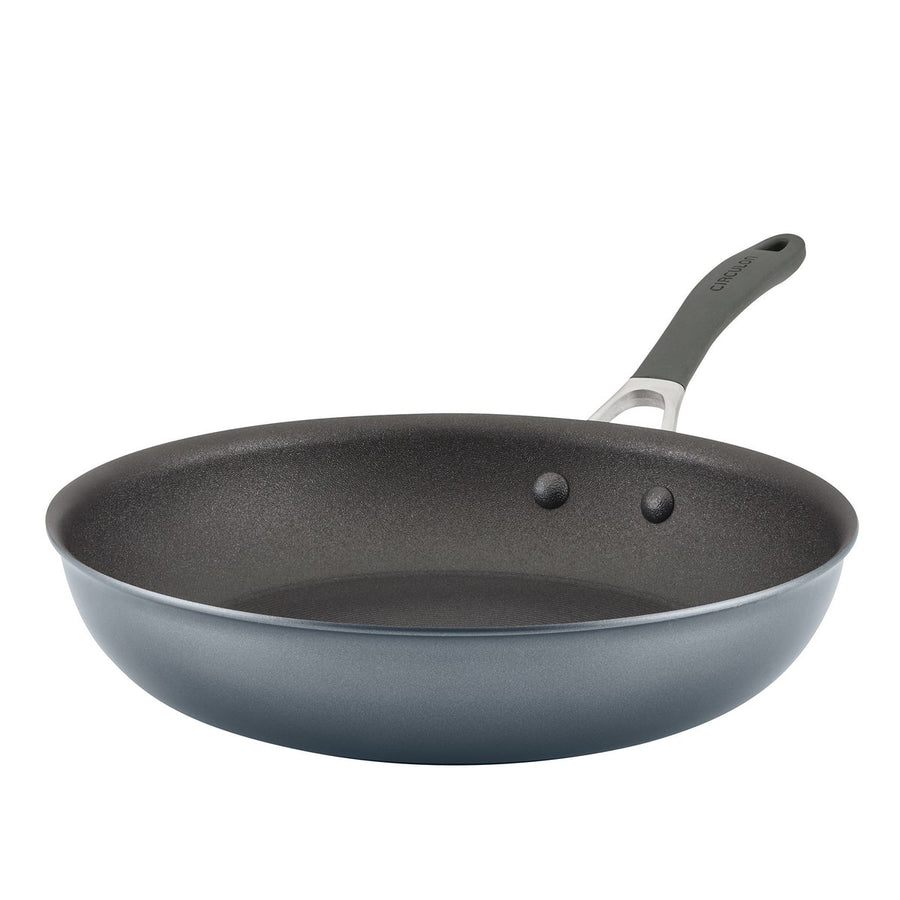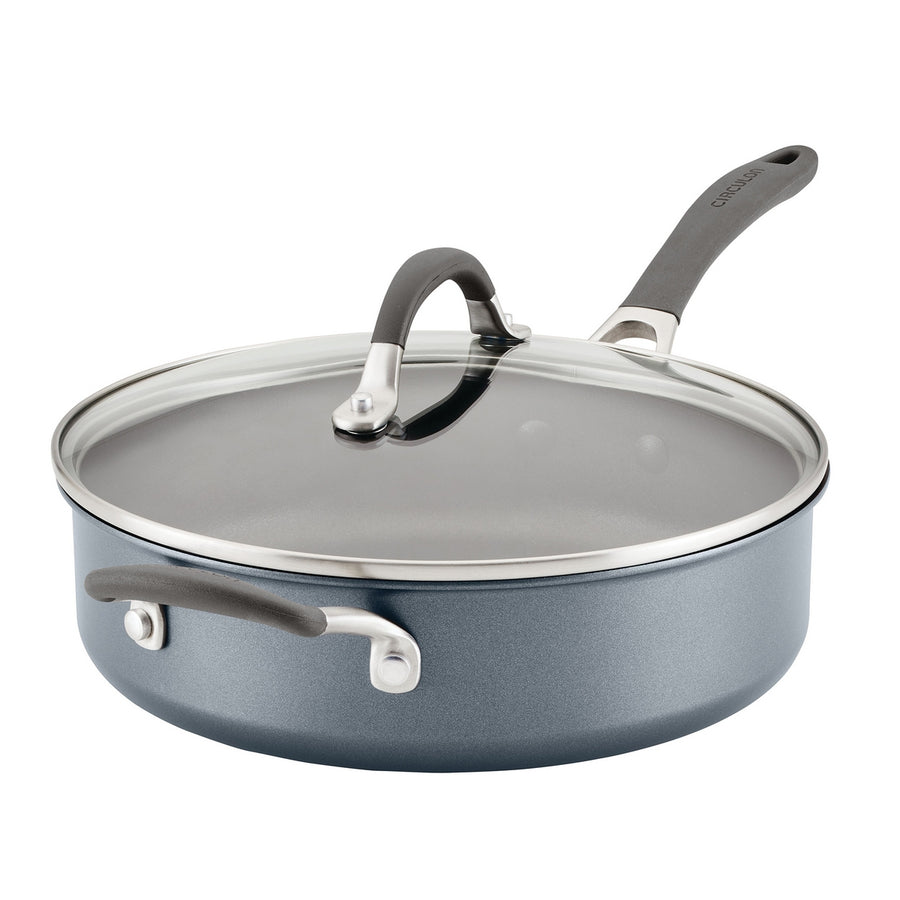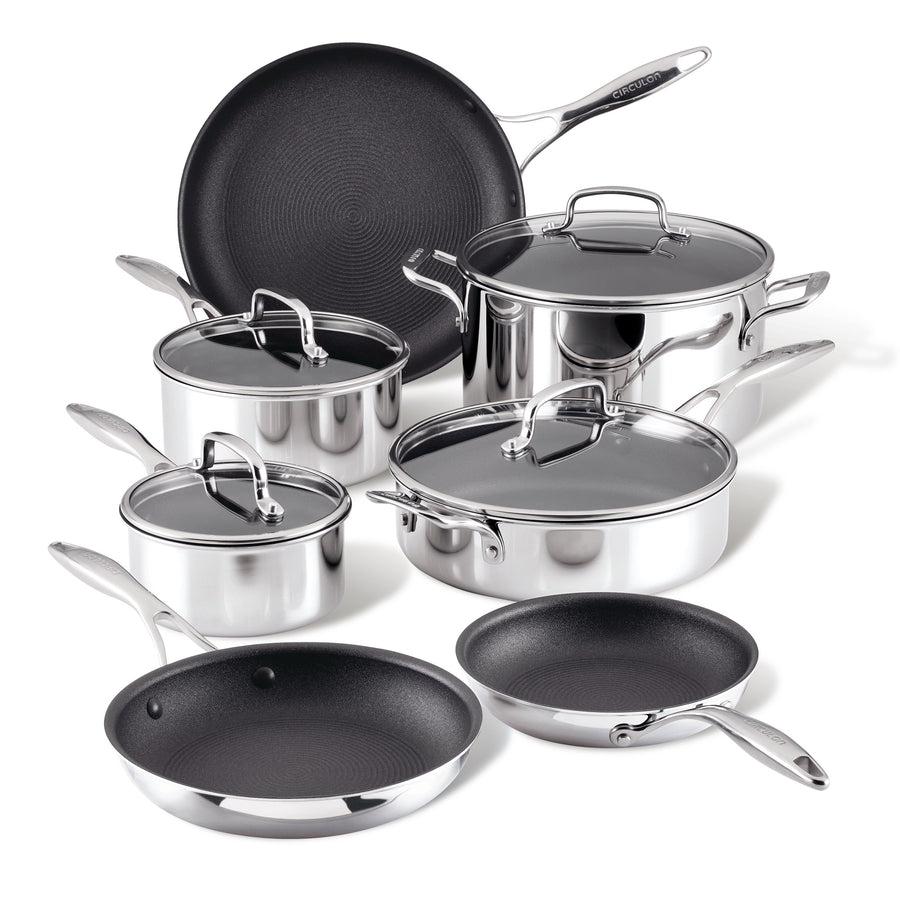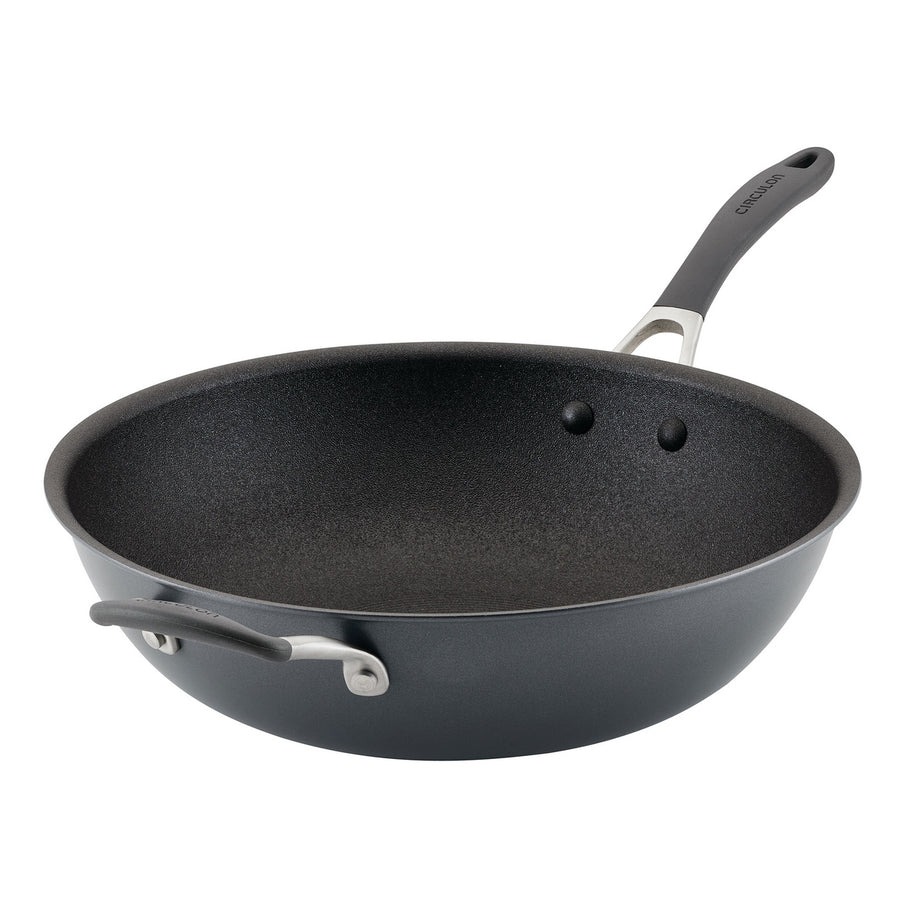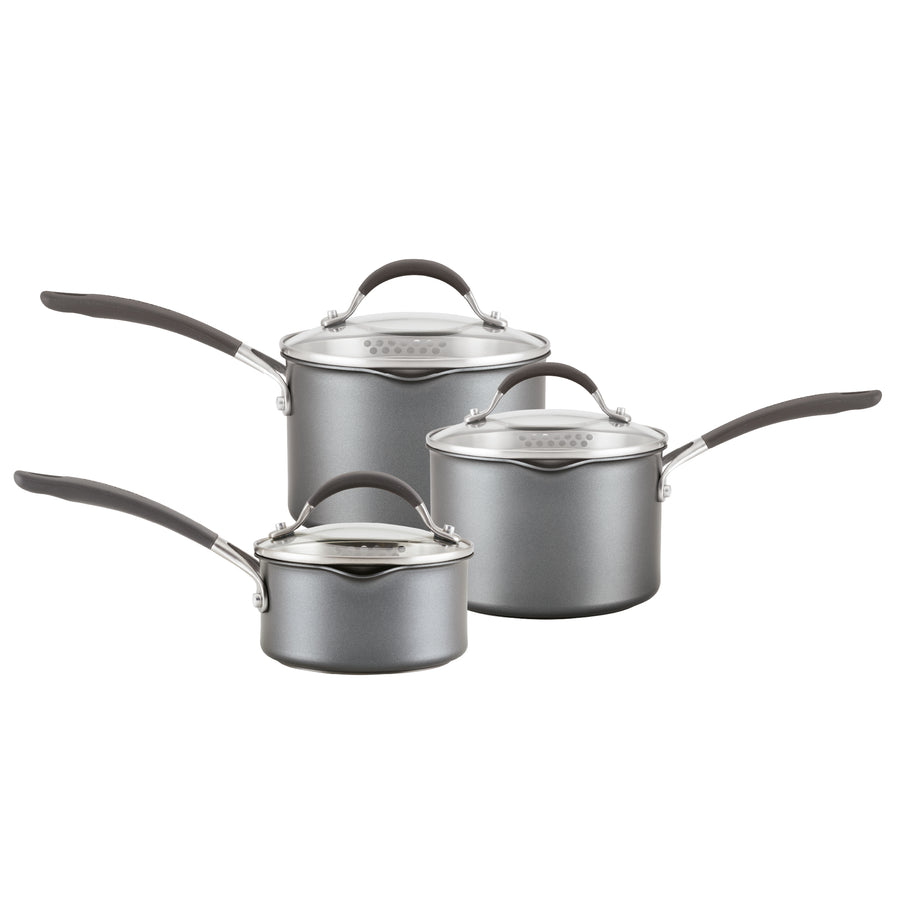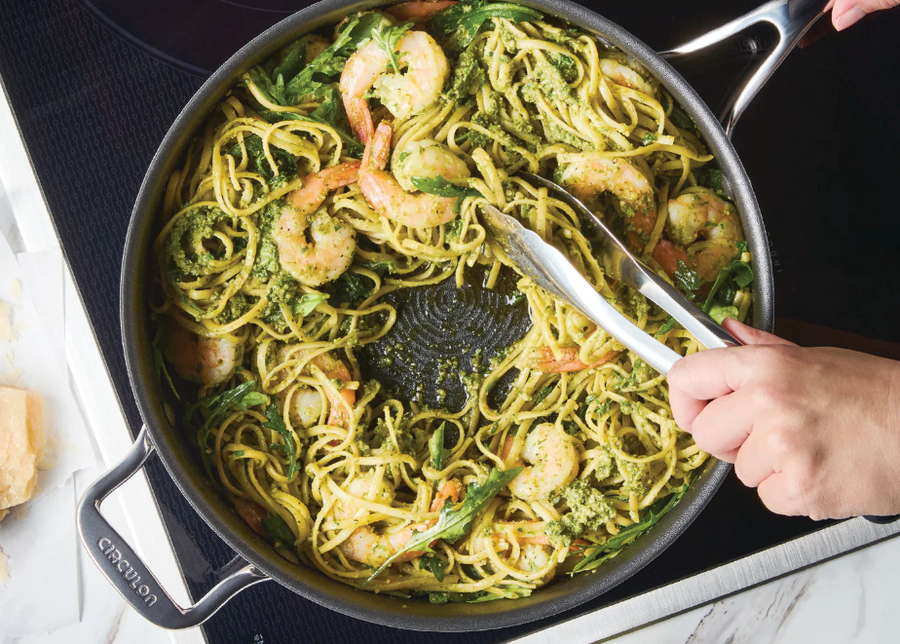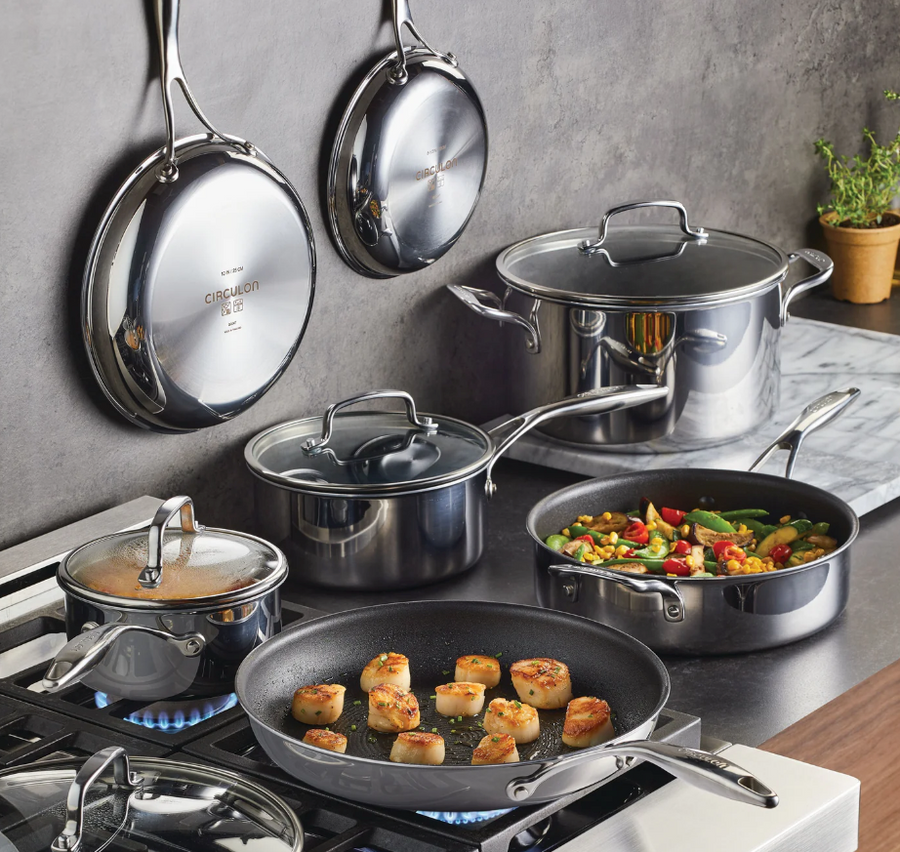The TL;DR
What is tofu, and what are its culinary benefits? Let’s take a look:
-
A versatile protein source: tofu is a soy-based protein increasingly popular among vegetarians, vegans, and those seeking alternative protein sources. It's affordable, neutral in flavour, and highly adaptable to various cooking methods.
-
Tofu's nutritional value: tofu is nutrient-dense, offering essential amino acids, vitamins (like A), and minerals (including calcium, manganese, iron, and zinc). It's considered a healthy and protein-rich meat alternative.
-
Different tofu types: there are differences between soft (silken) and firm/extra-firm tofu, and these textures suit different culinary applications. Silken tofu is best eaten uncooked or in desserts, while firmer varieties are ideal for frying, sautéing, etc.
-
Tofu's origins and production: tofu originated in China centuries ago, and its production involves curdling soy milk using a coagulant.
-
Potential health benefits: consuming tofu offers numerous potential health benefits, including potentially decreasing certain health risks.
One step into a grocery store or health food market, and you'll likely see an array of options, from firm to soft tofu. While it is a staple for various Asian cuisines, it's also becoming more popular among vegetarians, vegans, and those trying to consume fewer animal-based proteins. This protein-rich ingredient, also known as bean curd or soybean curd, is not new to the culinary world, with a history that dates back hundreds of years.
Besides offering additional protein to recipes, this ingredient is nutrient-dense, providing many potential health benefits. In honour of National Tofu Day arising on September 1st, we’ve compiled a guide on tofu that will offer insight into this alternative protein source.
What is tofu?
Tofu is a soy protein that provides a creamy consistency and is available in block form (similar to cheese). It offers a neutral flavour enhanced through spices, marinades, sauces, and other seasonings. Tofu's neutral flavour has caused it to become a staple in various Asian cuisine as either the main source of protein in the dish or as a complement to other proteins such as pork, beef, or seafood.
Beyond its neutral flavour, it's also a more affordable option than other forms of protein, generally costing around £1.60 per pack. With its various nutritional benefits, low cost, and versatility, this food product is one option you'll want to use in many dishes.
What is tofu made of?
Simply put, tofu is made through a process that includes curdling soy milk. During this process, dried soybeans are soaked in water to soften them, then crushed and boiled. This process creates pulpy soy milk, which requires the separation of liquids and pulp. The liquid is combined with a coagulant (Nigari, a by-product of salt production) which aids in separating the curds and the whey.
Where does tofu come from?
Tofu originated in China many years ago, with a potential invention date of 206-220 AD. It quickly spread to Japan in 8 AD. However, it was not until the 1960s that tofu made its initial appearance in the Western World. Due to its rising popularity in the 1980s, the number of tofu manufacturers has grown to over 245,000 globally.
What is the difference between soft silken tofu and extra firm tofu?
Altering the process of creating tofu helps produce various consistencies from soft tofu to firm and extra firm options. These various consistencies are ideal for creating different dishes.
For example, silken tofu is often used as dessert tofu or is eaten "uncooked" with a spicy soy sauce topping. In comparison, firmer varieties are deep-fried, pan-fried, sautéed, or cooked in other similar manners. The delicate, silky texture of silken tofu makes it more challenging to cook as it tends to fall apart more easily; thus, it is often eaten as-is with a simple marinade.
As mentioned, the process for creating each type of tofu varies. Silken tofu coagulates in the package it is sold in. In contrast, firmer tofu coagulates first and is pressed into a square shape before being placed into packaging. Firm tofu also contains less liquid, which is why it features a less delicate consistency than soft tofu.
Is tofu good for you? Is tofu healthy?
While there is some debate over whether tofu is healthy, there is overwhelming evidence presenting it as a nutritious meat alternative. This high-protein, low-fat ingredient contains many essential amino acids, vitamins, and minerals. Some nutrients found in tofu include calcium, manganese, vitamin A, iron, and zinc.
Some health benefits connected with consuming tofu include a potential decrease in the risk of cardiovascular disease, some cancers, and diabetes. With the calcium content and soy isoflavones (a natural plant compound) found in tofu, it also has the potential to reduce bone loss and create stronger bones. Additionally, these isoflavones may also aid in improving brain function.
How to cook tofu?
Many home chefs unfamiliar with tofu may not realize that preparing this ingredient requires a few steps that differ from preparing meat products. For example, it's essential to press tofu once it's out of the package before seasoning. Otherwise, tofu will not properly absorb the flavours of marinades and sauces.
Then, marinate or season tofu as if you were prepping a piece of meat. Since tofu is an already cooked food, you do not need to cook it as long as typical meat. Instead, you can pan fry it, air fry, etc., for a few minutes until you've reached the desired colour and consistency. Its versatility allows you to create options like deep-fried tofu, baked tofu, etc.
Alternatively, you can consume tofu "raw" since it arrives cooked in the package. As a bonus tip, freezing tofu can alter its texture to create a similar consistency to chicken. Take frozen tofu, defrost it, and press it. Then, continue cooking tofu as noted above.
What can you substitute for tofu?
Perhaps you don't enjoy the flavour of tofu, or on the occasion that you're avoiding soy products, there are other alternatives to tofu that provide plant-based protein to dishes. Alternatively, you can try seitan, a wheat gluten product.
Additional substitutes include lentils, beans, cheese, or chickpeas. If you’re not avoiding soy, tempeh (fermented soybeans) or edamame (standard soybeans) are additional substitutes.
What do you eat tofu with?
Since tofu is such a versatile ingredient, there are many ways you can turn this plant protein into a meal. You can create miso soup with tofu cubes if you're seeking a more traditional approach. Or, you can make homemade mapo tofu, a spicy Chinese dish.
While you can create many authentic Asian dishes using tofu as the star, there are now many Western dishes which use tofu in alternative ways. For example, many people have begun using tofu instead of Greek yoghurt as a protein source in smoothies. It's also an ingredient that you can use to create a creamy, thick, healthier version of mousse.
If you’re still unsure what to pair with tofu, it always works well with noodles in a stir fry, on top of rice, or with vegetables and sauce. Start by making a dish like this Smoky and Spicy Tofu Noodles recipe for your first few tofu experiences. Then, feel free to curate recipes using your favourite ingredients.
Whether you’re newer to the kitchen or simply seeking additional recipes to add to your weekly dinner rotation, Circulon is an excellent source for fun recipes to include in your recipe repertoire and informative food-related articles.


